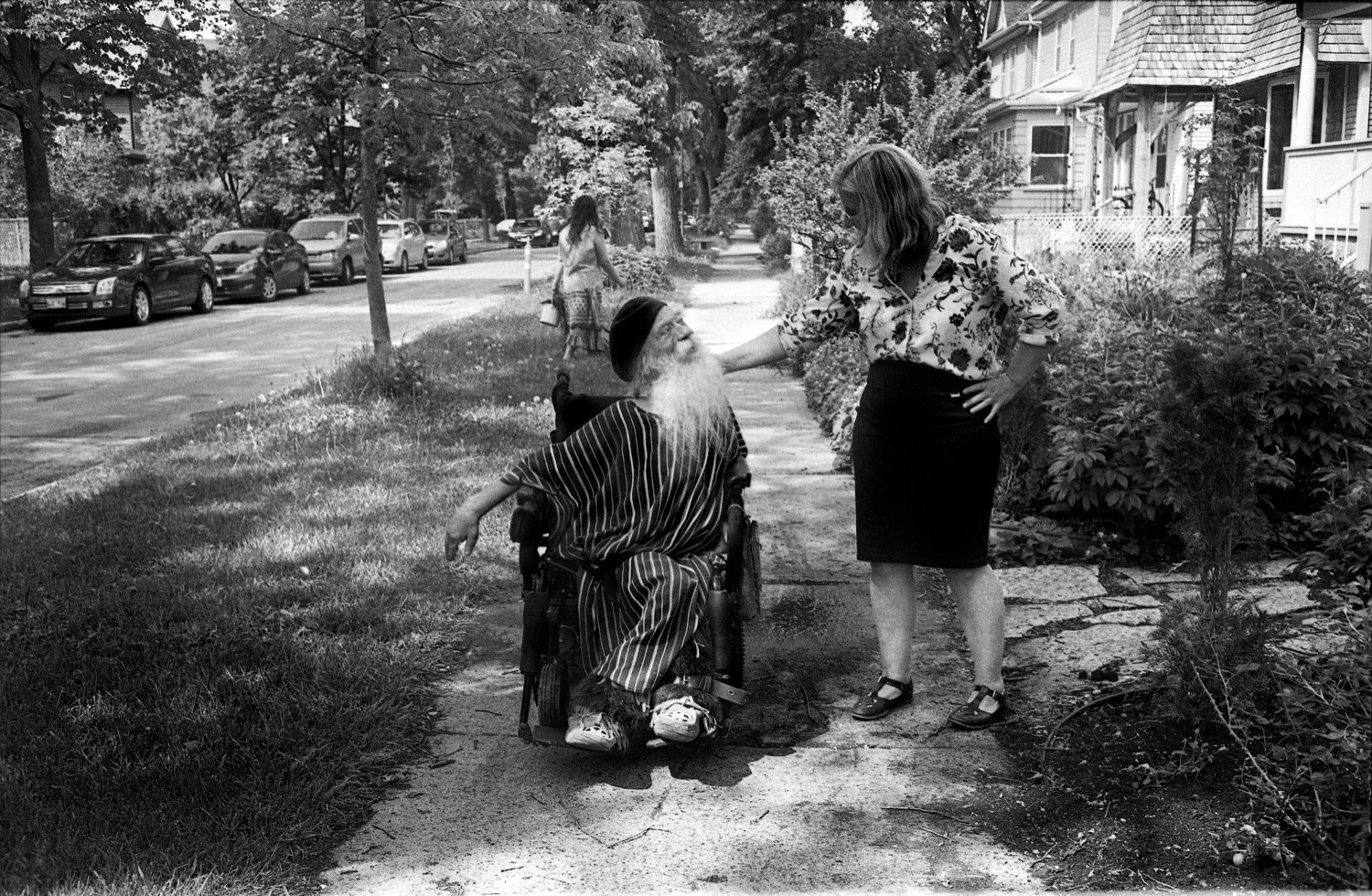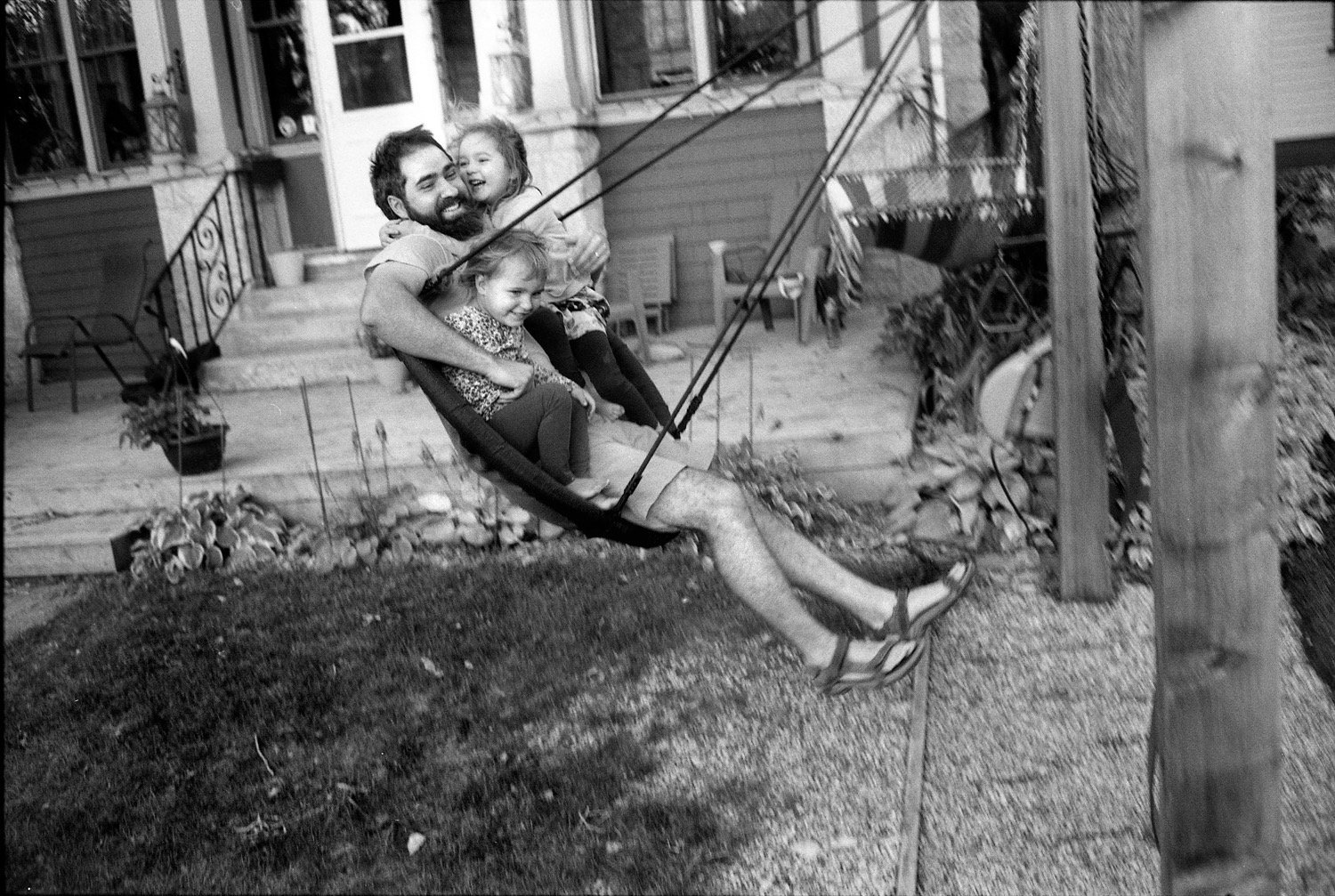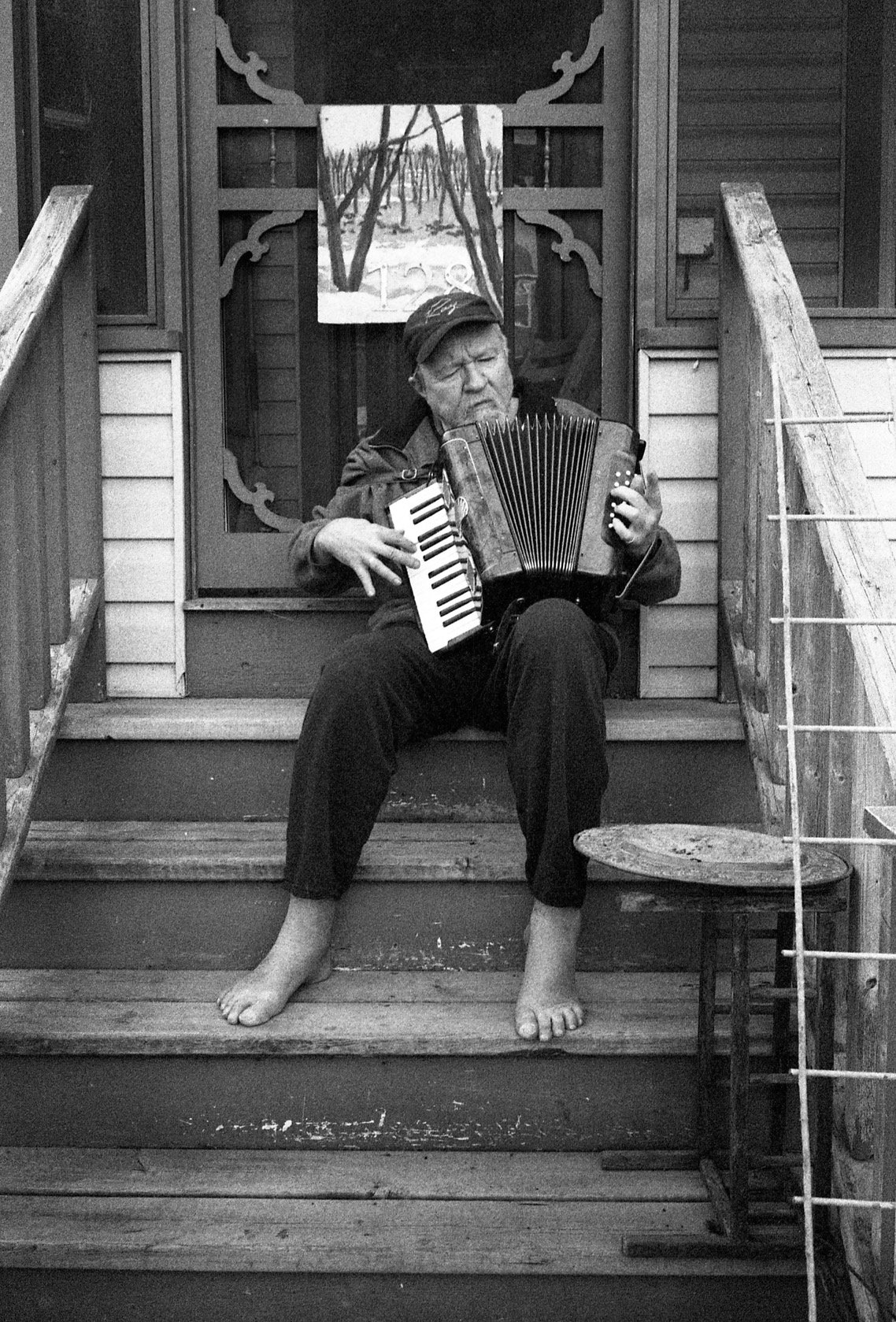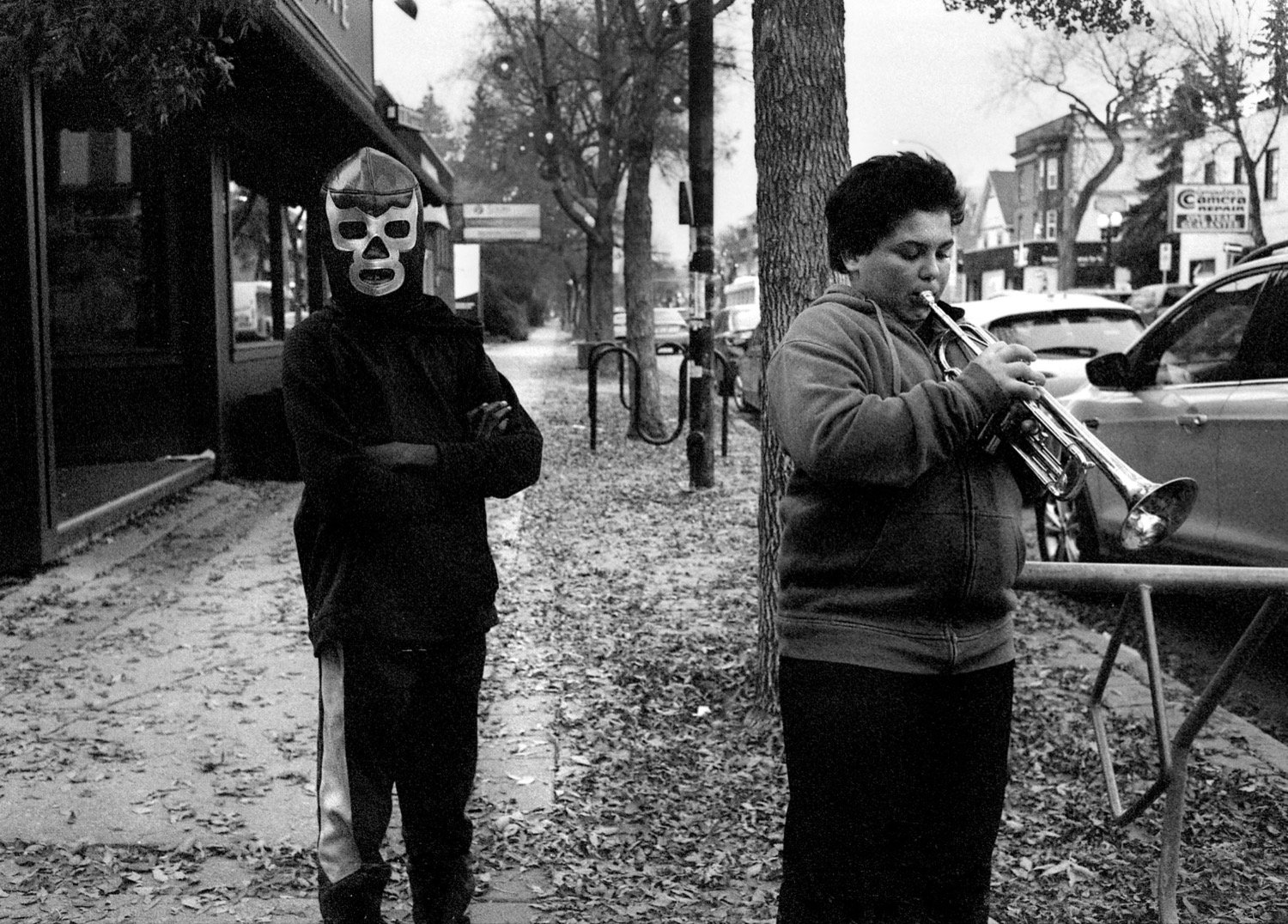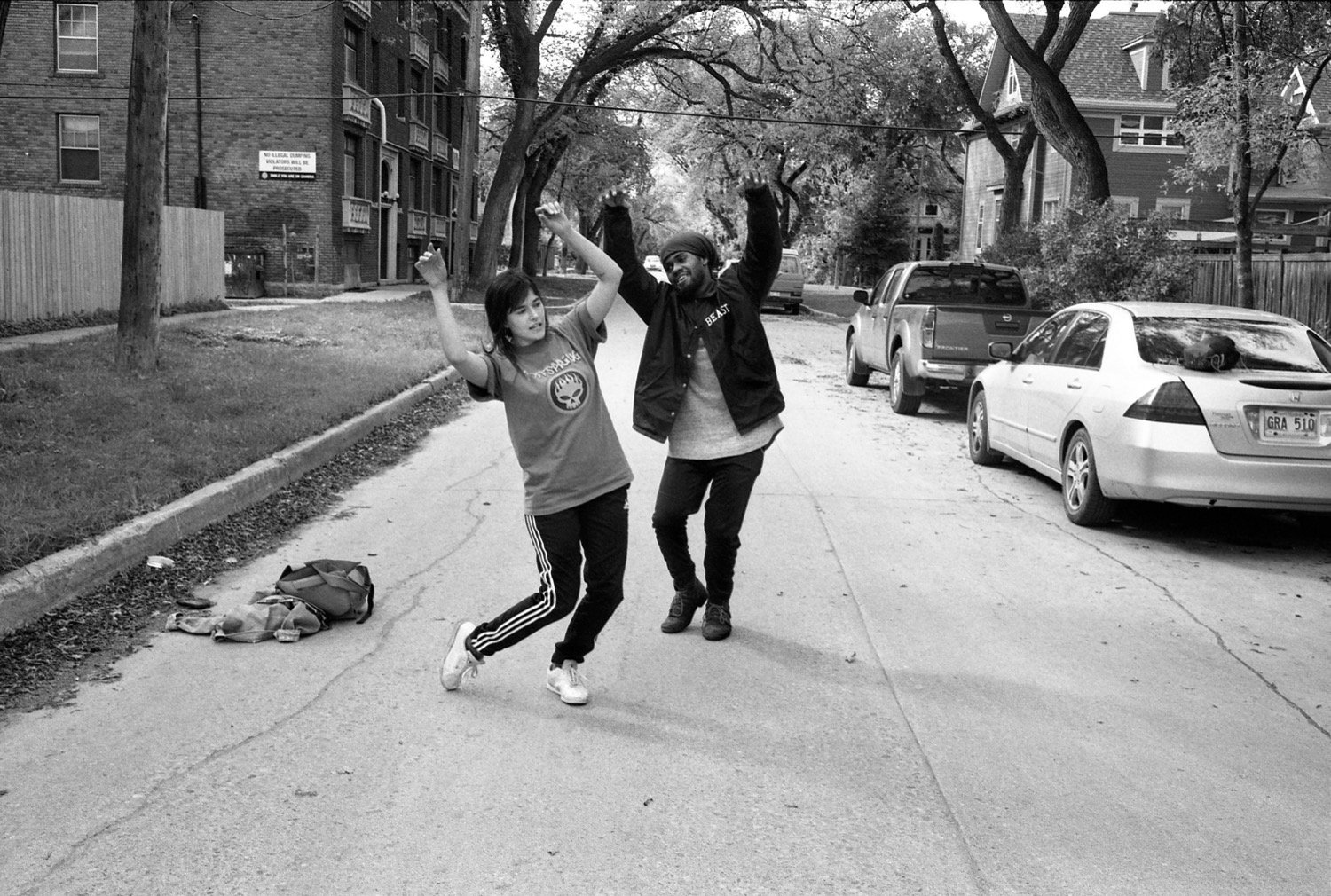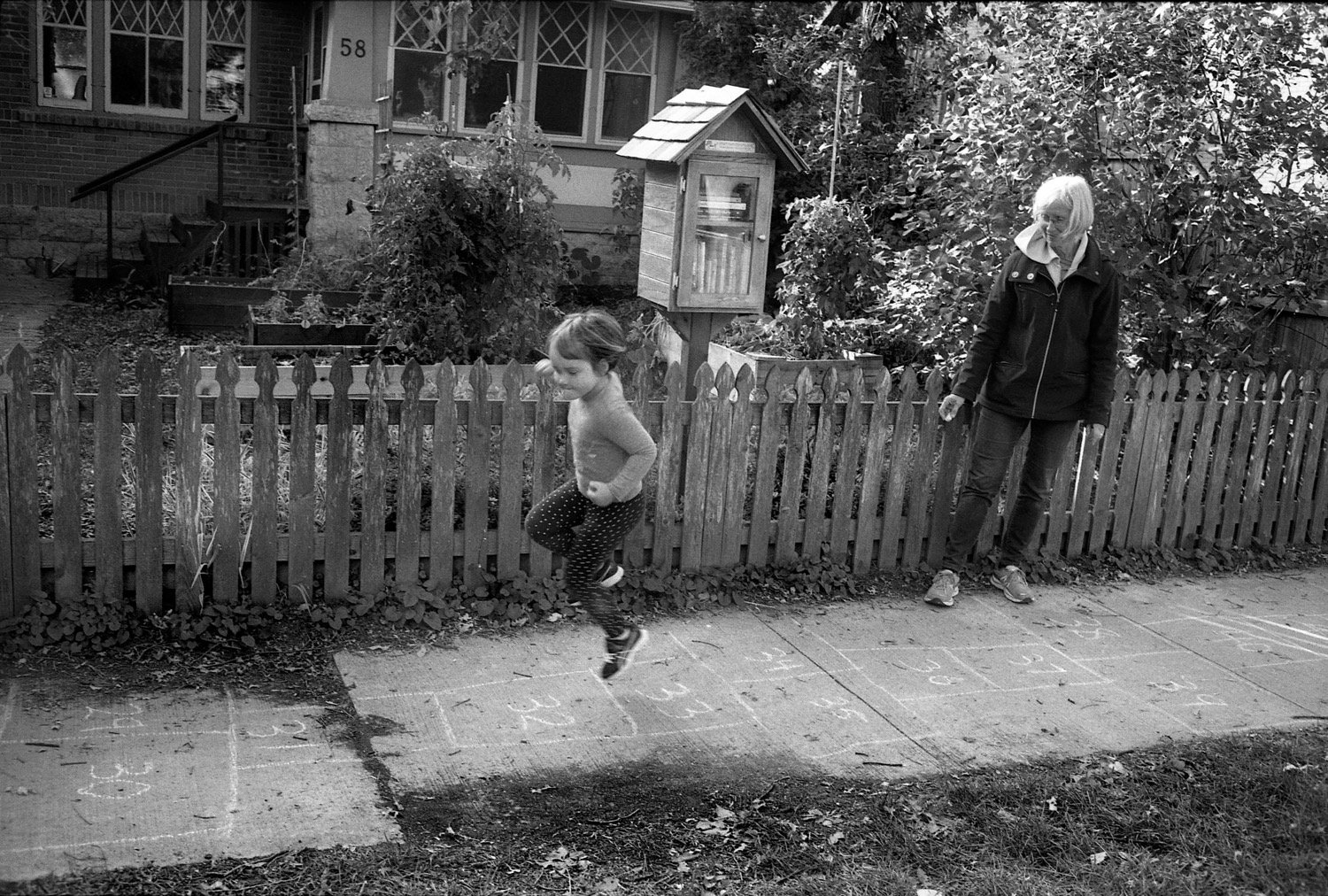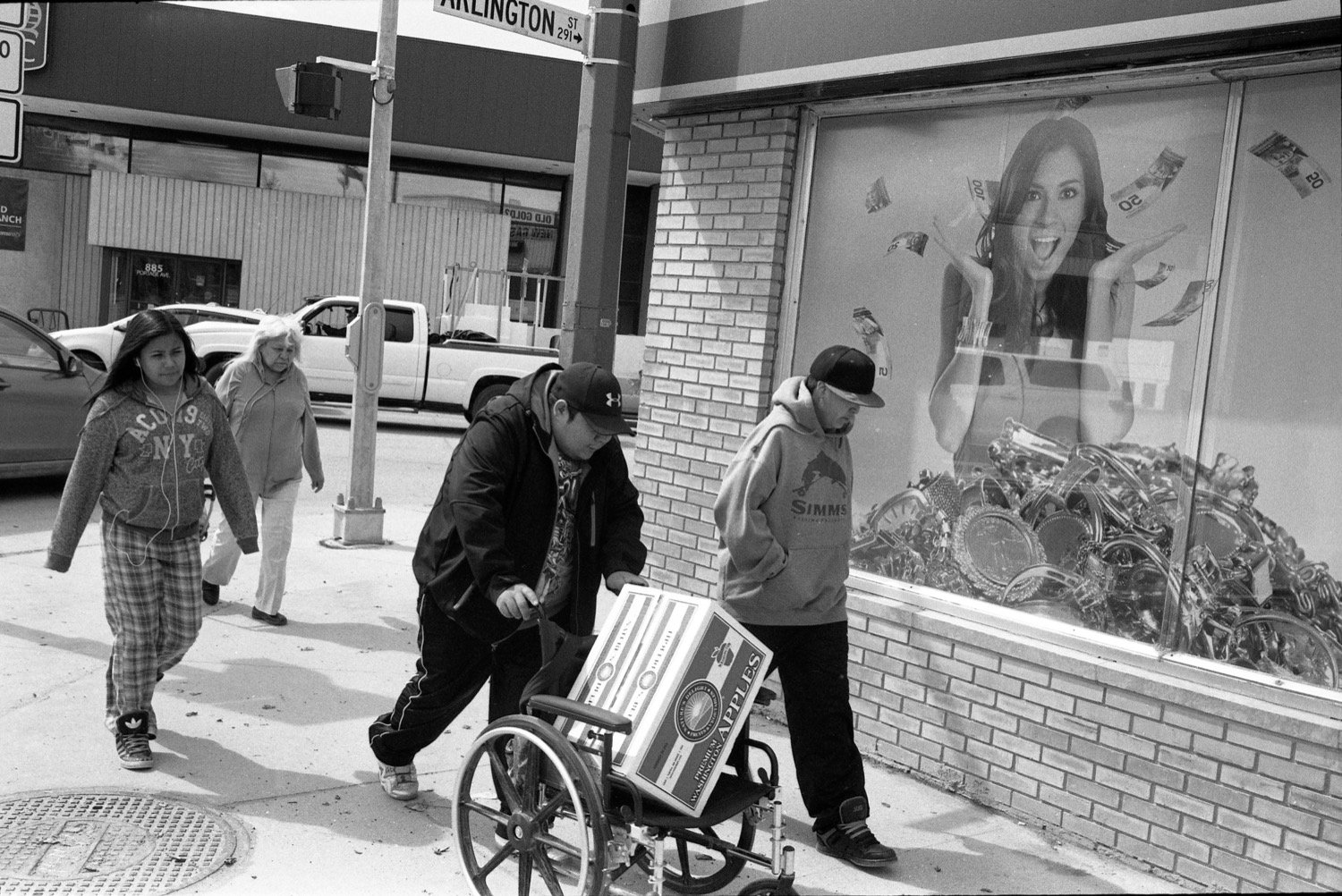One of the most enduring types of photography that’s been part of my life has been street photography. I prefer to think of it as ‘everyday life photography’, but ‘street’ is the most commonly known term for it.
I sometimes (only half-jokingly) call it ‘the least possible lucrative form of photography’ but maybe that’s part of the appeal - it doesn’t have to be bent or altered to do anything but what I feel about what I see, as I see it.
For me, it’s just pure reaction, in the moment, without any preconception. It draws on everything that’s happened in the past, but is also completely in the present moment. Going for a walk is always a great way to relax, but combine it with the keen observation that happens when you have a camera, and now you’re a flaneur. Finally, at the risk of reading too much into a simple walk with a camera, it’s a way for me to build empathy and understanding of others — I do think it’s only by being face-to-face and interacting with others (and no, via a phone does NOT count) that can hope to start appreciating them.
It’s with this background that I offer up a collection of street/everyday life photos from my own neighbourhood, a small selection from years of walking with a camera close to home. Wolseley is one of many interesting areas of this city, and of all the things many people will say about it, one undeniable fact is it’s one of the most walkable and varied neighbourhoods of them all. In other words, perfect for any street photographer.
I would be remiss if I didn’t say here that one of my main influences in everyday life photography, living one’s life with a camera and finding a sense of place through photography is a well-known figure in photography in this city and this country, John Paskievich. From almost inventing multimedia back in 1982 with his landmark short film “Ted Baryluk’s Grocery” to his excellent photobooks “The North End” and “The North End Revisited”, John has been an inspiration to a lot of photographers. I highly recommend either of his photobooks, by University of Manitoba Press.
For the camera nerds, all images were taken with a Leica M6, 35mm Leitz lens and mainly Kodak TMax 400 film.
